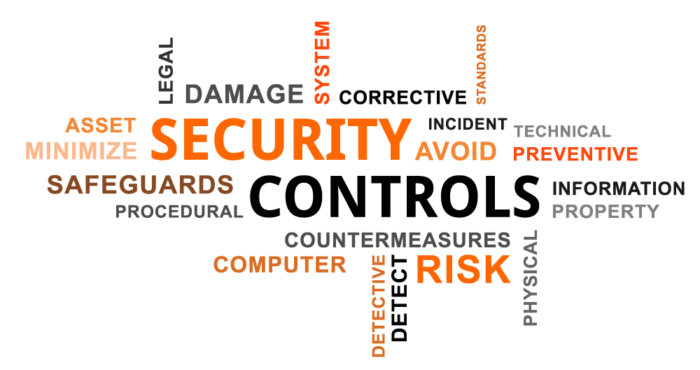Whether you’re a new facility creating an initial physical security framework or an established building reevaluating your physical security protocols, it is a prudent exercise to look at the very fundamentals of physical security to ensure they’re being addressed in the most comprehensive way possible.
For security practitioners, our attention is often captured by the newest technology to help mitigate the latest security threats to our facilities. However, even the most cutting-edge technology innovations like touchless 3D fingerprint biometric access control to weapons detection at scale, all exist to answer foundational security components that we should ensure are integrated into every aspect of our strategic physical security plan.
As you review your physical security processes and procedures, use these questions to assess if your security protocols are still aligning with the core elements of why physical security is an essential component to every facility.
 What physical assets am I protecting?
What physical assets am I protecting?
The answer to this question will vary by type of facility and can have multiple different components. Physical security programs are intended to deter or prevent the loss of, theft, or damage to an asset. Assets can include people, information, equipment, building structures and overall operations. Often, physical security programs will protect multiple assets housed within a single facility. When evaluating the assets, the security protocol should also be reviewed for the value and potential loss should an asset be compromised.- What are the core threats I am protecting against?
In the reality of today, the answer to this question is continuously evolving. Using the answer from question one, we should ask ourselves what threats are those assets subject to? Depending on the type of facility you manage, threats could include physical damage or harm to the facility and its occupants, theft of data or confidential material, or other criminal activity resulting in a financial loss to the organization. Being continuously aware of specific threats allows facilities to tailor their physical security solutions to address those areas while still being adaptive to new threats that may emerge throughout the year. - What vulnerabilities exist in my facility that I must take into account?
Even by acknowledging assets and being aware of potential threats, there are still vulnerabilities that exist in every facility that must be taken into account when planning a comprehensive physical security program. At their core, vulnerabilities are areas out of the control of a security protocol that allows for potential breaches; such as the way a building was constructed, the location of building occupants, equipment or even personnel behavior. Taking inventory of these vulnerabilities on a continuous basis allows your facility’s security posture to minimize areas of potential risk.
The actual solutions incorporated into a physical security strategy can largely help with answering all of these questions. Optical turnstiles such as Fastlane ® turnstiles allow for constant monitoring of personnel access within a facility and ensuring that threats are mitigated and vulnerabilities are minimized.
A Smarter Start to Physical Security in 2020
It’s not too late to start your comprehensive review of your facility’s security posture in 2020. Download our white paper to discover how smart entrance control can allow your facility to achieve the most ideal security strategy to protect your assets, mitigate threats and account for vulnerabilities.

